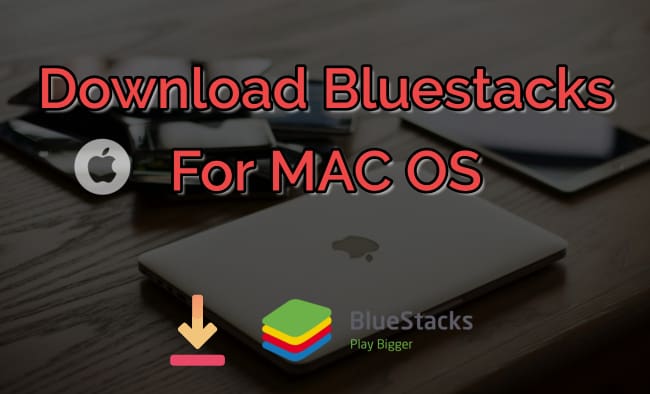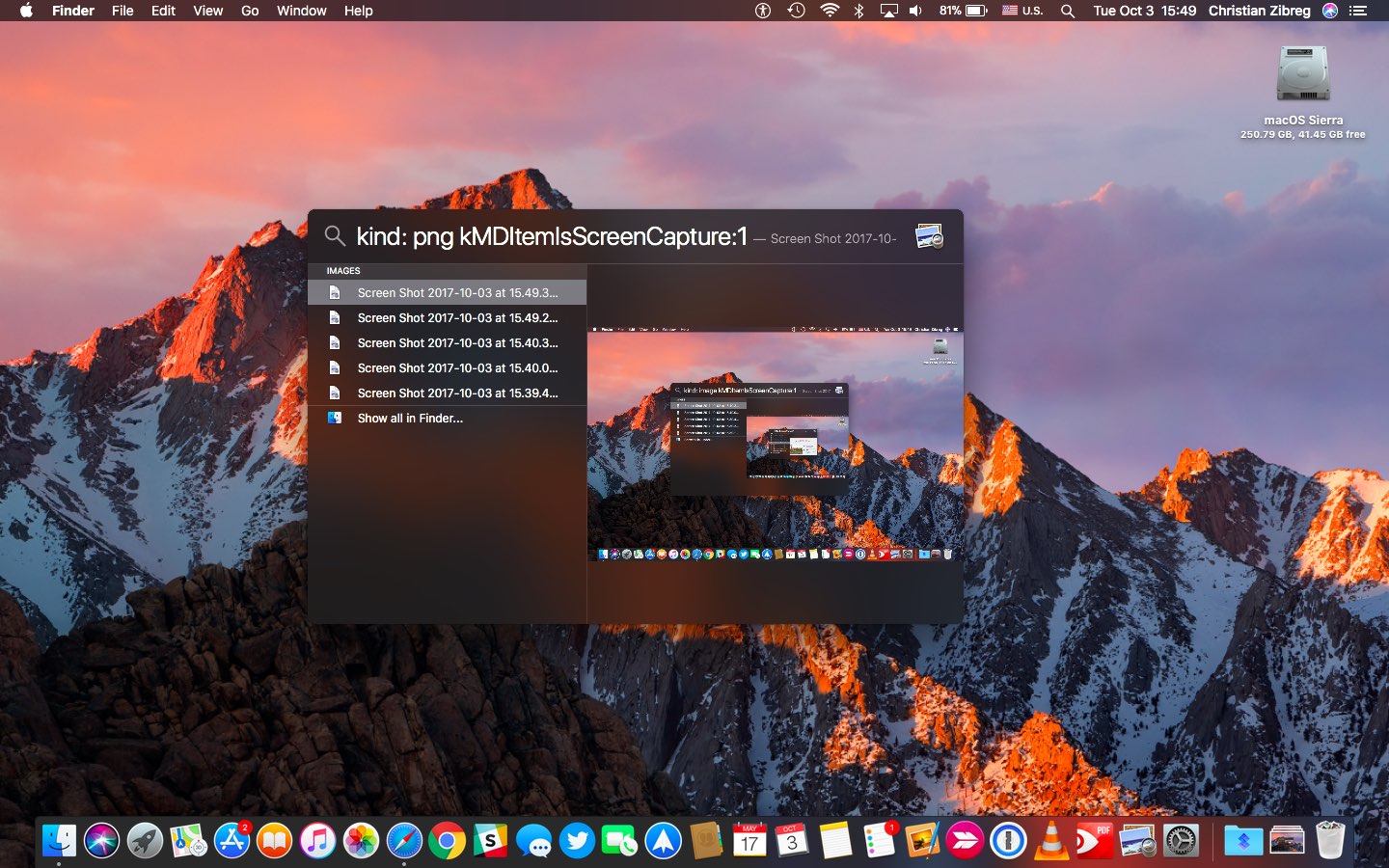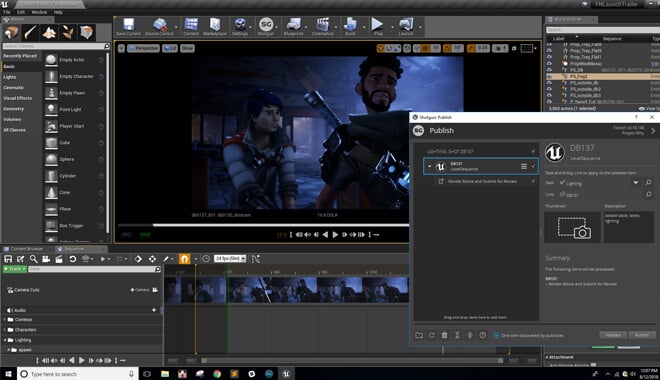Mac Os Mojave Gaming Performance
If you’re running High Sierra (10.13), Sierra (10.12), or El Capitan (10.11), upgrade to macOS Catalina from the App Store. If you’re running Lion (10.7) or Mountain Lion (10.8), you will need to upgrade to El Capitan (10.11) first. If you don’t have broadband access, you can upgrade your Mac at any Apple Store. Yes, it's a known issue with High Sierra on the 2012 - 2013 MacBook Pros with Nvidia graphics. Frustrating that Apple has done such a poor job optimizing the OS for slightly older (but still supported) hardware. Mojave is better, but switching Spaces with multiple apps open still stutters. Jan 01, 2019 Not sure if it's documented anywhere else with actual numbers but I plan on running a few tests. All tests are on a 2017 MBP 13inch paired with a Vega 56 ref model. Monitor is an LG 5K Ultrafine connected to the Macbook so both OS's are pushing the GPU back through the MBP and on to the screen (effectively treating it like an internal) @1440 res. So far, I have tried Metro Redux and Rocket.
By Vadim Yuryev
Thursday, February 14, 2019, 08:41 am PT (11:41 am ET)
Nvidia Titan Xp for a PCI-E Mac Pro, supported through High Sierra
Editor's note: This is a complex topic, and AppleInsider's YouTube audience asked for a condensed version of the editorial written in January about the topic. We aren't going to rehash the entire editorial here, but the transcript for the video follows.
The beauty of the modular Mac Pro up until 2012 is that you were able to swap out the graphics cards to keep the Mac Pro up-to-date with the latest graphics rendering technology and performance, but those who opted for Nvidia cards are stuck with old macOS software, and that can be infuriating.
 MacOS Mojave dropped support for new Nvidia graphics drivers, except for a couple of chipsets included in still-supported Apple laptops —all of them outdated.
MacOS Mojave dropped support for new Nvidia graphics drivers, except for a couple of chipsets included in still-supported Apple laptops —all of them outdated. In the past couple of years, external GPUs have been on the rise, helping Macs with otherwise low graphics performance get a boost for things like video rendering and gaming. For example, the 2018 Mac Mini has serious performance potential with a 6-core i7 processor that outperforms even the best CPU in the 2018 MacBook Pro.
However, its diminutive size means it doesn't house a dedicated graphics card, so for those who need the graphics performance, they have to resort to an eGPU. And with Nvidia drivers not seeing support in macOS Mojave, those who already own Nvidia cards are out of luck.
So why is there no support for Nvidia drivers? What caused this and what can you do about it? We'll tell you what you can do in just a minute, but let's go back in time and see how Apple and Nvidia's relationship fell apart.
The first Mac to include an Nvidia graphics processor was released in 2001, but Apple was still using chips made by ATI, the company that was eventually bought out by AMD in 2008.
In 2004, the Apple Cinema Display was delayed, reportedly because of Nvidia's inability to produce the required graphics card, the GeForce 6800 Ultra DDL.
Then in 2008, Apple's MacBook Pro shipped with Nvidia graphics chips that revolutionized the MacBook by taking over the functions of the Northbridge and Southbridge controllers alongside actual graphics rendering. Because of it, Intel filed a lawsuit against Nvidia, making things a bit complicated for Apple.
Nvidia processor in a 2008 MacBook Pro
Not only that, but Apple had to admit that some 2008 MacBook Pros had faulty Nvidia processors, which led to a class-action lawsuit for Nvidia and lost profits for Apple due to MacBook Pro repairs.
Around the same time, the iPhone transformed the mobile computing market and meant phones now needed GPUs, and Apple decided to go with Samsung instead. At this time, Nvidia believed that its own patents also applied to mobile GPUs, so they filed patent infringement suits against Qualcomm and Samsung, trying to get them and possibly Apple to pay license fees.
In 2016, Apple said no to putting Nvidia processors in the 15-inch MacBook Pro and instead went with AMD, publicly because of performance per watt issues.
Nvidia competitor AMD recently launched the Radeon 7, a high-performance 7-nanometer GPU that reportedly has drivers on the way for macOS Mojave
And now, in 2019, there aren't any functional drivers for modern cards in Mojave at all. In October of 2018, Nvidia issued a public statement stating that Apple fully controls drivers for macOS and that they can't release a driver unless it's approved by Apple.
Basically, there's no giant technical limitation that causes macOS Mojave to be incompatible with Nvidia graphics cards. Someone at Apple simply doesn't want to support Nvidia drivers, possibly because of relational issues from the past.
For the longest time, Apple's professional apps were optimized for OpenCL, which AMD cards run efficiently, and not CUDA, the proprietary framework that Nvidia focuses on. Apple wants Apple apps to run better, its as simple as that.
On an Apple support page for installing Mojave on older Mac Pros, Apple states that Mojave requires a graphics card that supports Metal. Within the list of compatible graphics cards, you'll see two legacy Nvidia cards and quite a few new options from AMD.
Mac Os Mojave Compatibility
Blackmagic eGPU Pro beside a MacBook Pro
So, from the looks of it, until Nvidia and Apple both relent, and decide to meet the other halfway, there won't be Nvidia support for eGPUs, or any Mac Pro that may or may not have PCI-E slots. And, with AMD's Vega 56 and 64 already supporting metal, and Vega 7 support coming soon to macOS, it doesn't look like Apple is in a negotiating mood.
Further complicating matters, is Apple is working on its own GPU technology. It looks like it's already in the iPhone, and it's just a matter of time until it makes it to the Mac.
If you need Nvidia, you can always downgrade to High Sierra, and hope that the two companies come to their senses, for the user's sake.
An eGPU can give your Mac additional graphics performance for professional apps, 3D gaming, VR content creation, and more.

eGPUs are supported by any Thunderbolt 3-equipped Mac1 running macOS High Sierra 10.13.4 or later. Learn how to update the software on your Mac.
An eGPU lets you do all this on your Mac:
- Accelerate apps that use Metal, OpenGL, and OpenCL
- Connect additional external monitors and displays
- Use virtual reality headsets plugged into the eGPU
- Charge your MacBook Pro while using the eGPU
- Use an eGPU with your MacBook Pro while its built-in display is closed
- Connect an eGPU while a user is logged in
- Connect more than one eGPU using the multiple Thunderbolt 3 (USB-C) ports on your Mac2
- Use the menu bar item to safely disconnect the eGPU
- View the activity levels of built-in and external GPUs (Open Activity Monitor, then choose Window > GPU History.)
eGPU support in apps
eGPU support in macOS High Sierra 10.13.4 and later is designed to accelerate Metal, OpenGL, and OpenCL apps that benefit from a powerful eGPU. Not all apps support eGPU acceleration; check with the app's developer to learn more.3
In general, an eGPU can accelerate performance in these types of apps:
- Pro apps designed to utilize multiple GPUs
- 3D games, when an external monitor is attached directly to the eGPU
- VR apps, when the VR headset is attached directly to the eGPU
- Pro apps and 3D games that accelerate the built-in display of iMac, iMac Pro, MacBook Air, and MacBook Pro (This capability must be enabled by the app's developer.)
You can configure applications to use an eGPU with one of the following methods.
Use the Prefer External GPU option
Starting with macOS Mojave 10.14, you can turn on Prefer External GPU in a specific app's Get Info panel in the Finder. This option lets the eGPU accelerate apps on any display connected to the Mac—including displays built in to iMac, iMac Pro, MacBook Air, and MacBook Pro:
- Quit the app if it's open.
- Select the app in the Finder. Most apps are in your Applications folder. If you open the app from an alias or launcher, Control-click the app's icon and choose Show Original from the pop-up menu. Then select the original app.
- Press Command-I to show the app's info window.
- Select the checkbox next to Prefer External GPU.
- Open the app to use it with the eGPU.
You won't see this option if an eGPU isn't connected, if your Mac isn't running macOS Mojave or later, or if the app self-manages its GPU selection. Some apps, such as Final Cut Pro, directly choose which graphics processors are used and will ignore the Prefer External GPU checkbox.
Set an external eGPU-connected display as the primary display
If you have an external display connected to your eGPU, you can choose it as the primary display for all apps. Since apps default to the GPU associated with the primary display, this option works with a variety of apps:
- Quit any open apps that you want the eGPU to accelerate on the primary display.
- Choose Apple menu > System Preferences. Select Displays, then select the Arrangement tab.
- Drag the white menu bar to the box that represents the display that's attached to the eGPU.
- Open the apps that you want to use with the eGPU.
If you disconnect the eGPU, your Mac defaults back to the internal graphics processors that drives the built-in display. When the eGPU is re-attached, it automatically sets the external display as the primary display.

Mac Os Mojave Download
About macOS GPU drivers
Mac hardware and GPU software drivers have always been deeply integrated into the system. This design fuels the visually rich and graphical macOS experience as well as many deeper platform compute and graphics features. These include accelerating the user interface, providing support for advanced display features, rendering 3D graphics for pro software and games, processing photos and videos, driving powerful GPU compute features, and accelerating machine learning tasks. This deep integration also enables optimal battery life while providing for greater system performance and stability.
Apple develops, integrates, and supports macOS GPU drivers to ensure there are consistent GPU capabilities across all Mac products, including rich APIs like Metal, Core Animation, Core Image, and Core ML. In order to deliver the best possible customer experience, GPU drivers need to be engineered, integrated, tested, and delivered with each version of macOS. Aftermarket GPU drivers delivered by third parties are not compatible with macOS.
The GPU drivers delivered with macOS are also designed to enable a high quality, high performance experience when using an eGPU, as described in the list of recommended eGPU chassis and graphics card configurations below. Because of this deep system integration, only graphics cards that use the same GPU architecture as those built into Mac products are supported in macOS.
Supported eGPU configurations
It's important to use an eGPU with a recommended graphics card and Thunderbolt 3 chassis. If you use an eGPU to also charge your MacBook Pro, the eGPU's chassis needs to provide enough power to run the graphics card and charge the computer. Check with the manufacturer of the chassis to find out if it provides enough power for your MacBook Pro.
It will even let you open your snaps in Preview with the click of a button.Additionally, you can rename your shots (which is a pretty nice touch for those who like to keep everything in order) before you save them as PNG or JPG.Finally, you can share your snaps on social media, and if you want to add, and integration, you can upgrade for $4.99. Just like Skitch, you can go to town on your screenshots with text, arrows, lines, drawings, cropping, and redact sensitive or revealing information. However, it throws in a few enhancements, such as the ability to take full screen screenshots with a timer, or auto upload selection captures to your FTP or cloud storage.It also has a selfie mode, as well as the ability to create screen recordings.That’s not bad for a free app, but where Monosnap really shines is in the editing department. Give your document and each step a title, add accompanying text, and if needed, annotate everything with lines, text, highlights, shapes, and so on.You can then save the whole shebang in one proprietary.clarify file for later editing; export it to PDF, Word, or HTML; or just save a single screenshot as a PNG or JPG.  Clarifyhas a lot going for it. It’s a capable screenshot program with an interesting twist: it’s designed for creating how-to guides with your screenshots.When you take your screenshots, you can add them to a document as “steps”.
Clarifyhas a lot going for it. It’s a capable screenshot program with an interesting twist: it’s designed for creating how-to guides with your screenshots.When you take your screenshots, you can add them to a document as “steps”.
Taipei game free download for mac. Mahjong Taipei - is a great time-tested game that relate to classical computer and board games. Mahjong Taipei - is a great time-tested game that relate to classical computer and board games.
Recommended graphics cards, along with chassis that can power them sufficiently, are listed below.
Thunderbolt 3 all-in-one eGPU products
These products contain a powerful built-in GPU and supply sufficient power to charge your MacBook Pro.
Recommended Thunderbolt 3 all-in-one eGPUs:
- Blackmagic eGPU and Blackmagic eGPU Pro4
- Gigabyte RX 580 Gaming Box4
- Sonnet Radeon RX 570 eGFX Breakaway Puck
- Sonnet Radeon RX 560 eGFX Breakaway Puck5
AMD Radeon RX 470, RX 480, RX 570, RX 580, and Radeon Pro WX 7100
These graphics cards are based on the AMD Polaris architecture. Recommended graphics cards include the Sapphire Pulse series and the AMD WX series.
Recommended Thunderbolt 3 chassis for these graphics cards:
- OWC Mercury Helios FX4
- PowerColor Devil Box
- Sapphire Gear Box
- Sonnet eGFX Breakaway Box 350W
- Sonnet eGFX Breakaway Box 550W4
- Sonnet eGFX Breakaway Box 650W4
- Razer Core X4
- PowerColor Game Station4
- HP Omen4
- Akitio Node6
AMD Radeon RX Vega 56
These graphics cards are based on the AMD Vega 56 architecture. Recommended graphics cards include the Sapphire Vega 56.
Recommended Thunderbolt 3 chassis for these graphics cards:
- OWC Mercury Helios FX4
- PowerColor Devil Box
- Sonnet eGFX Breakaway Box 550W4
- Sonnet eGFX Breakaway Box 650W4
- Razer Core X4
- PowerColor Game Station4
AMD Radeon RX Vega 64, Vega Frontier Edition Air, and Radeon Pro WX 9100
These graphics cards are based on the AMD Vega 64 architecture. Recommended graphics cards include the Sapphire Vega 64, AMD Frontier Edition air-cooled, and AMD Radeon Pro WX 9100.
Where is the paint game in mac pc. This is the MOST ADVANCED and MOST POPULAR Skin Editor for Minecraft, EVER! Supports the NEW Minecraft Skin Format! Individual arms, legs, sleeves, pant legs, and jacket! Oh and did we mention that it's FREE? This app works great on iPhone, iPod Touch.
Recommended Thunderbolt 3 chassis for these graphics cards:
- Sonnet eGFX Breakaway Box 650W4
- Razer Core X4
AMD Radeon RX 5700, 5700 XT, and 5700 XT 50th Anniversary
If you've installed macOS Catalina 10.15.1 or later, you can use these graphics cards that are based on the AMD Navi RDNA architecture. Recommended graphics cards include the AMD Radeon RX 5700, AMD Radeon RX 5700 XT, and AMD Radeon RX 5700 XT 50th Anniversary.
Recommended Thunderbolt 3 chassis for these graphics cards:
- Sonnet eGFX Breakaway Box 650W4
- Razer Core X4
Learn more
- Learn how to choose your GPU in Final Cut Pro X 10.4.7 or later.
- To ensure the best eGPU performance, use the Thunderbolt 3 cable that came with your eGPU or an Apple Thunderbolt 3 (USB-C) cable. Also make sure that the cable is connected directly to a Thunderbolt 3 port on your Mac, not daisy-chained through another Thunderbolt device or hub.
- If you have questions about Thunderbolt 3 chassis or graphics cards, or about third-party app support and compatibility, contact the hardware or software provider.
- Software developers can learn more about programming their apps to take advantage of macOS eGPU support.
1. If you have a Mac mini (2018) with FileVault turned on, make sure to connect your primary display directly to Mac mini during startup. After you log in and see the macOS Desktop, you can unplug the display from Mac mini and connect it to your eGPU.
2. If you're using a 13-inch MacBook Pro from 2016 or 2017, always plug eGPUs and other high-performance devices into the left-hand ports for maximum data throughput.
3. macOS High Sierra 10.13.4 and later don't support eGPUs in Windows using Boot Camp or when your Mac is in macOS Recovery or installing system updates.
Mac Os Mojave Download For Windows
4. These chassis provide at least 85 watts of charging power, making them ideal for use with 15-inch MacBook Pro models.
5. Playback of HDCP-protected content from iTunes and some streaming services is not supported on displays attached to Radeon 560-based eGPUs. You can play this content on the built-in display on MacBook Pro, MacBook Air, and iMac.
6. If you use Akitio Node with a Mac notebook, you might need to connect your Mac to its power adapter to ensure proper charging.
